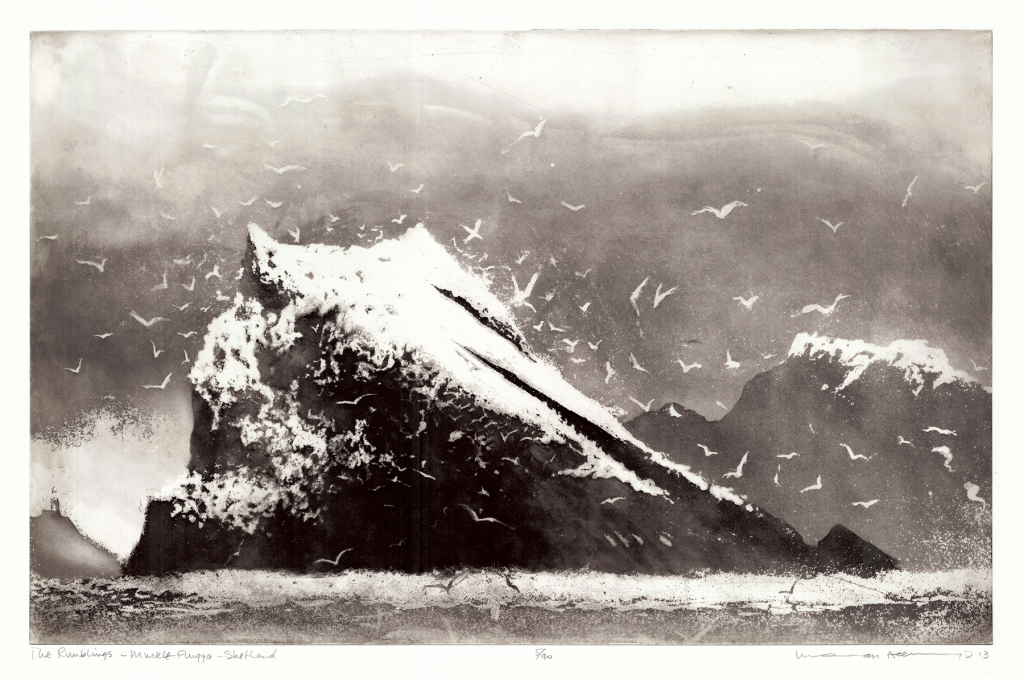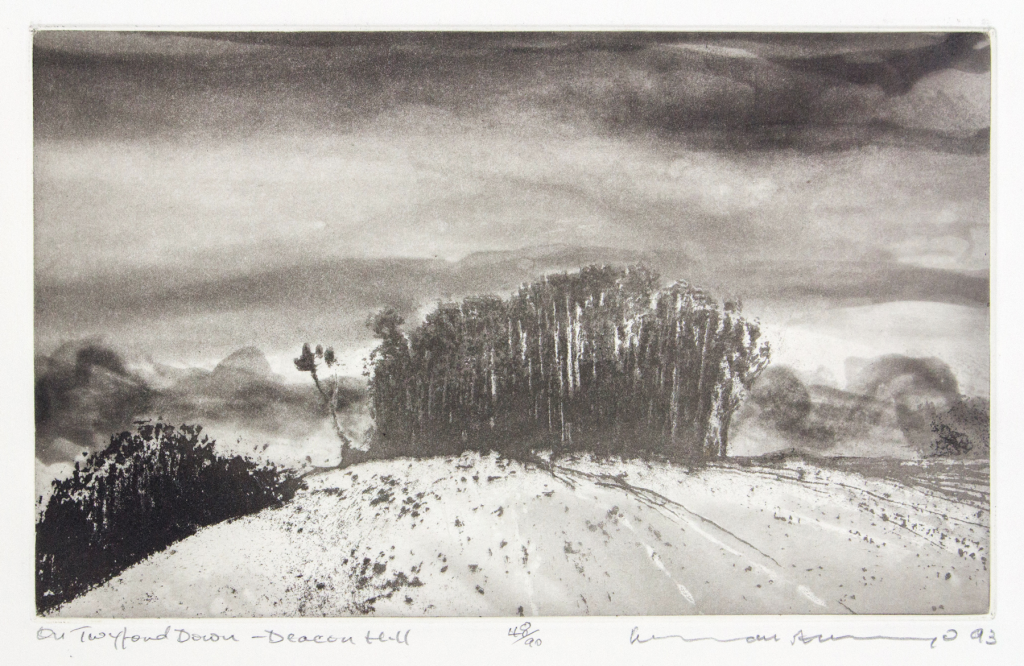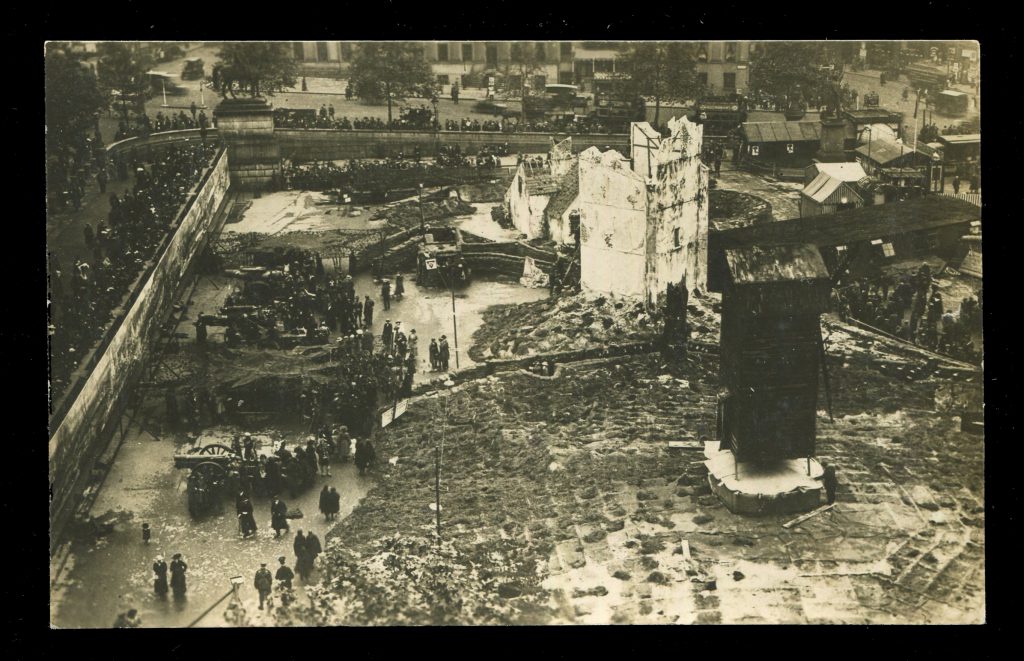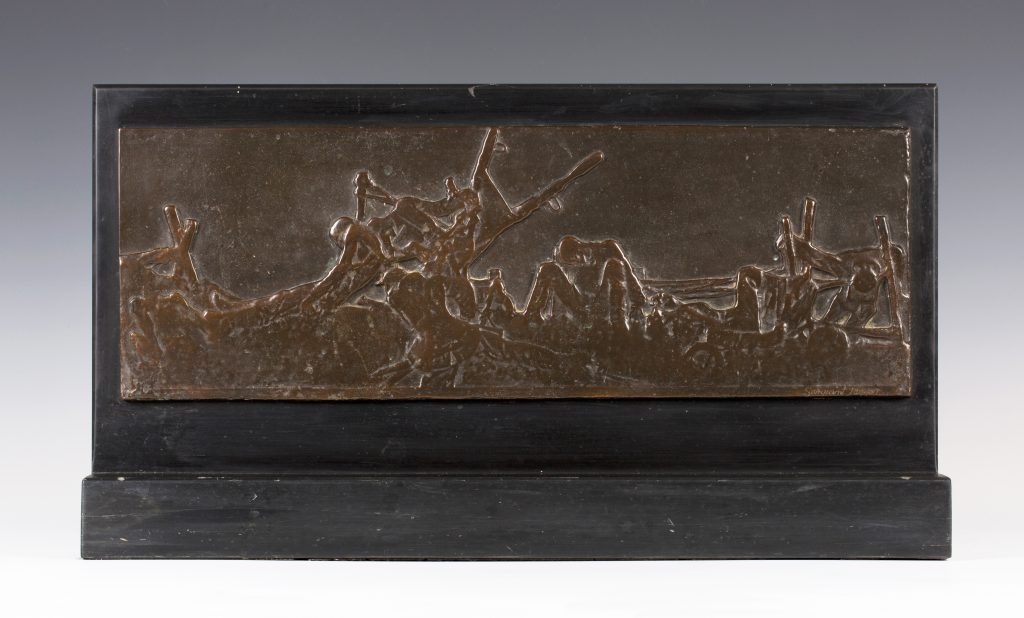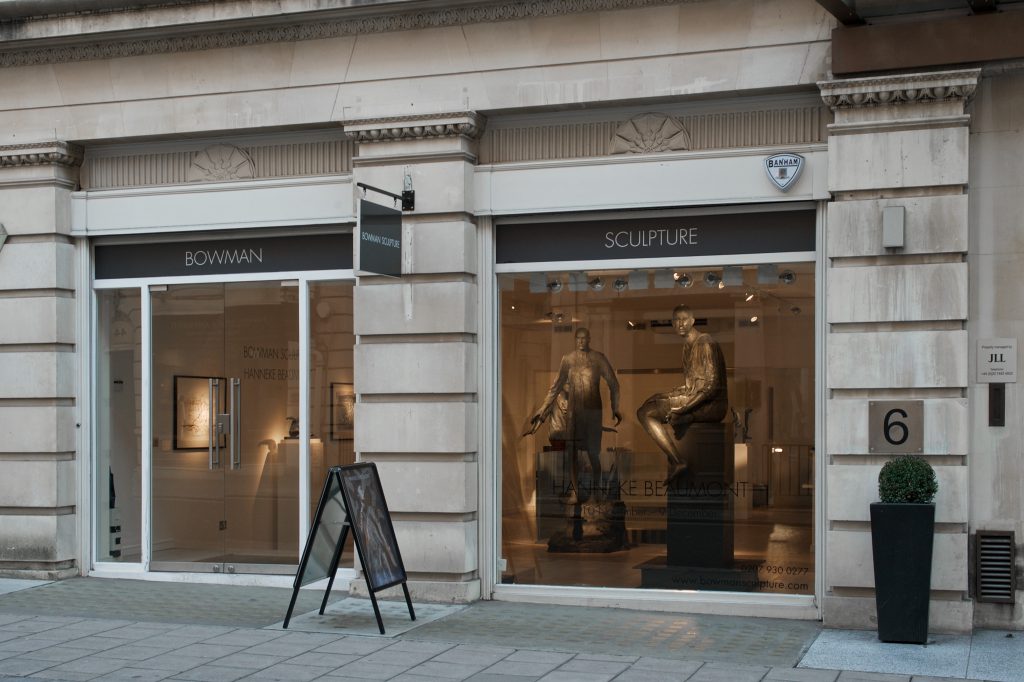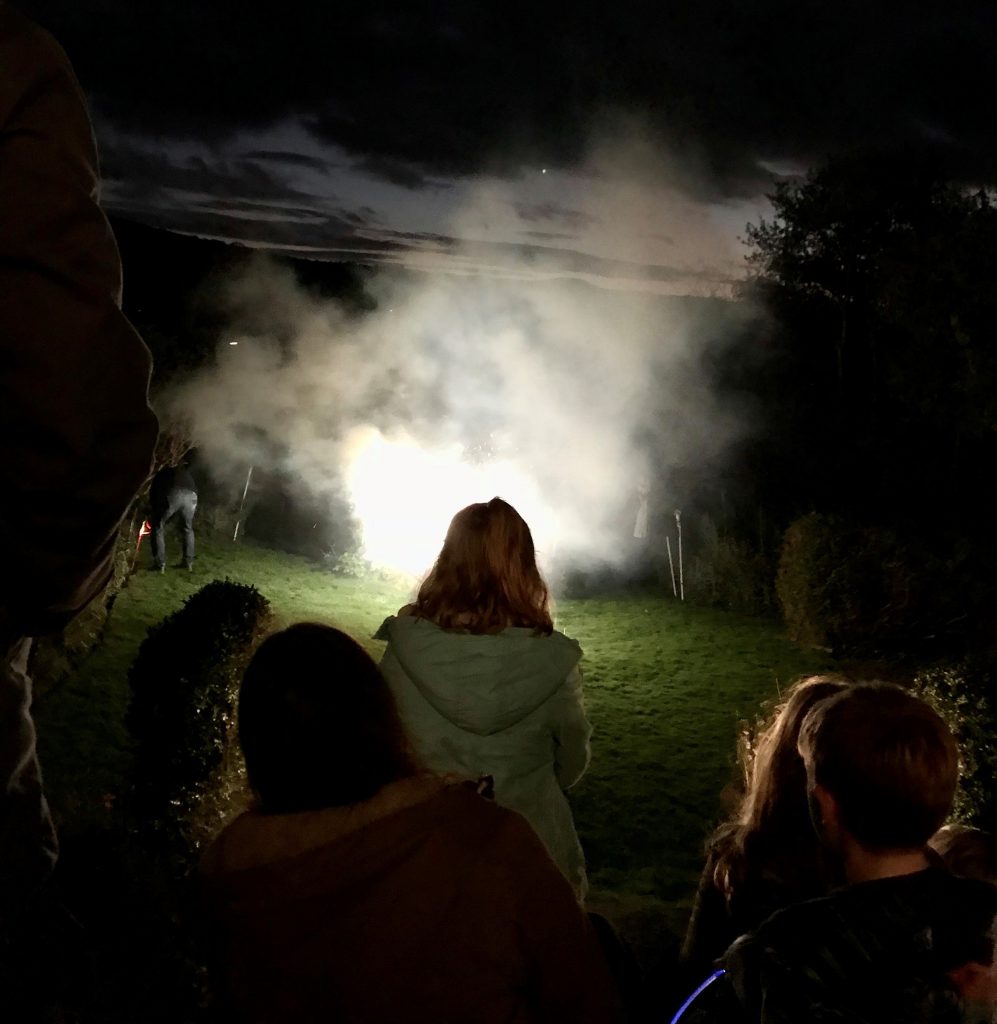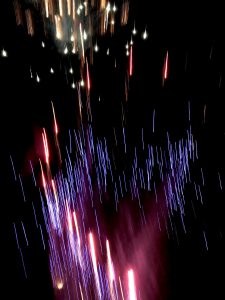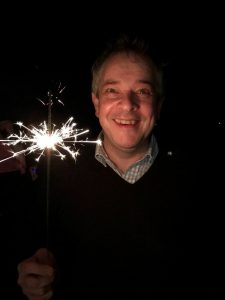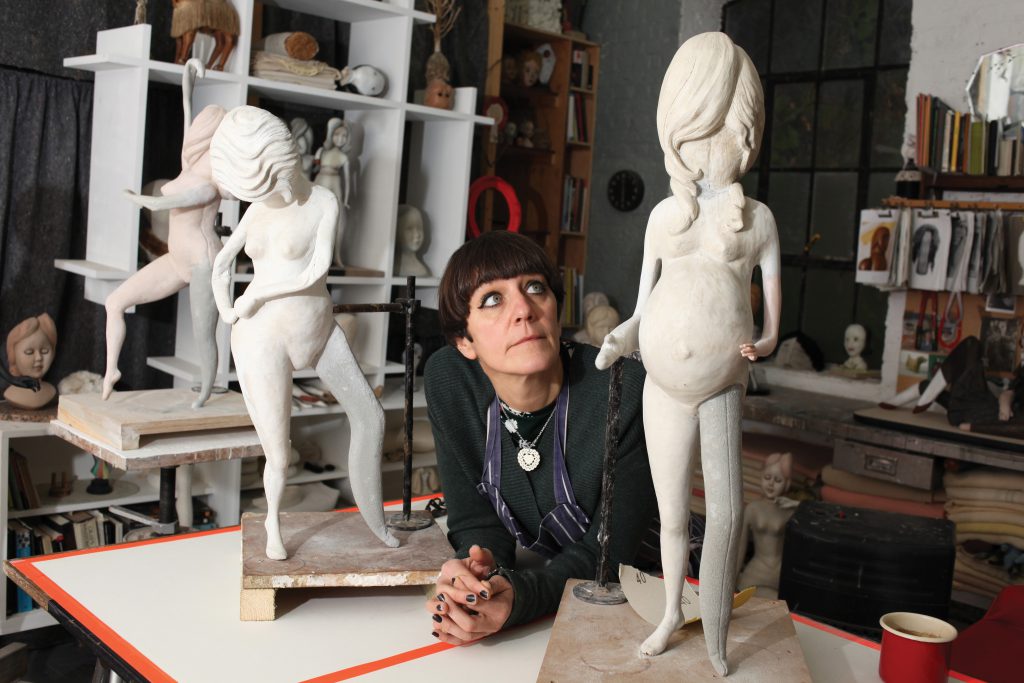
London based artist Cathie Pilkington., RA, has been invited to create an installation at Pallant House Gallery, as part of the Royal Academy’s 250th anniversary celebrations. The exhibition is titled ‘Cathie Pilkington: Working from Home’ and explores motherhood and domesticity in an ambiguous way.
Pilkington creates her figurative work combining traditional fine art methods of modelling, carving and painting with craft techniques. Her doll-like forms transcend the everyday causing the viewer to explore in their imaginations an unconscious reality beyond their immediate perception.
Pilkington describes her use of the doll as “a fantastic, potent thing and a lot of that is a question of material and scale. Everyone who has a doll when they are growing up undresses it to look at how it’s made. You see the plastic limbs and the soft body and the perverse discrepancy between the two; you understand the false naturalism and you somehow want it to be more convincing. I think everyone has had that kind of experience with objects that pretend to be real.”
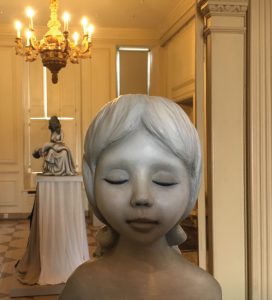
Talking about this exhibition Cathie Pilkington comments “Being able to approach such a collection of works in the intimacy of domestic architecture is one of the things which first drew me to Pallant House Gallery. I am convinced that work made on an intimate scale, involving the viewer in close proximity has as much power to deal with big subjects as any macho museum scale art.”
The early 20th century avant-garde Surrealist movement in art and literature sought to release the creative potential of the unconscious mind juxtaposing images in seemingly irrational ways. Cathie Pilkington’s installation takes the form of a Surrealist exposé exploring the themes of motherhood, privacy, domesticity and the unconscious.
She draws heavily on the gallery’s collection and architecture rooting her own work in the intimate context of the house’s 18th century interiors. One of the delights of this show is the way that it allows you to see the collection through new lenses.
The installation is disruptive challenging the visitor to reconsider powerful cultural imagery to reveal what the artist perceives to be at the heart of familiar narratives. Her Pieta 1: Playing Dead is particularly disturbing in the company of the figure Twinkle. The room is hung with surreal and imaginative landscapes – works from the gallery’s collection by Edward Burra, John Craxton, Paul Nash and Graham Sutherland – which adds to this series of playful but unsettling juxtapositions.
This powerful exhibition is beautiful as well as thought provoking and Pilkington’s choice of works from Pallant House Gallery’s collection is exhilarating.
‘Cathie Pilkington: Working from Home’ runs at the Pallant House Gallery, 9 North Pallant, Chichester, PO19 1TJ, throughout their winter season until 31st March 2019. For more information go to www.pallant.org.uk.
By Rupert Toovey, a senior director of Toovey’s, the leading fine art auction house in West Sussex, based on the A24 at Washington. Originally published in the West Sussex Gazette.
